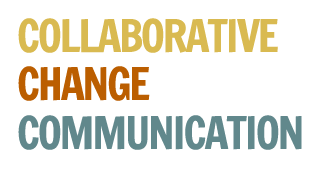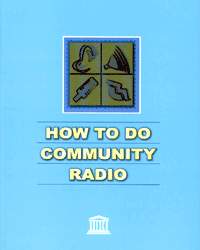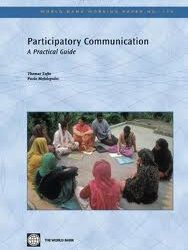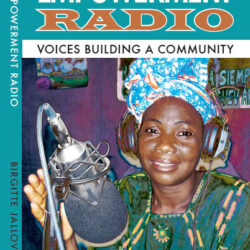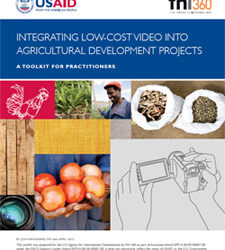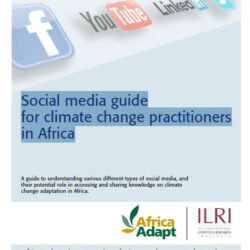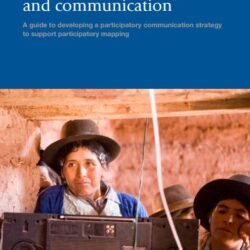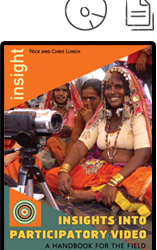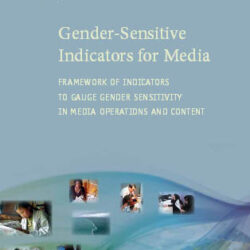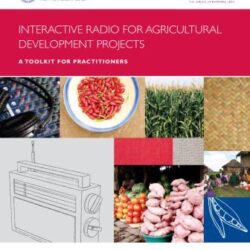How to Do Community Radio
[2002] This primer for community radio operators builds on the experience of Tambuli (Tinig ng Aming Munting Bayan Upang Umunlad Ang Maliliit or the Voice of the Community), an independent community radio in the Philippines which in the past ten years has grown from one community radio to a network of 25 stations. Often located in remote rural areas, these stations are “operated in the community, for the community, about
